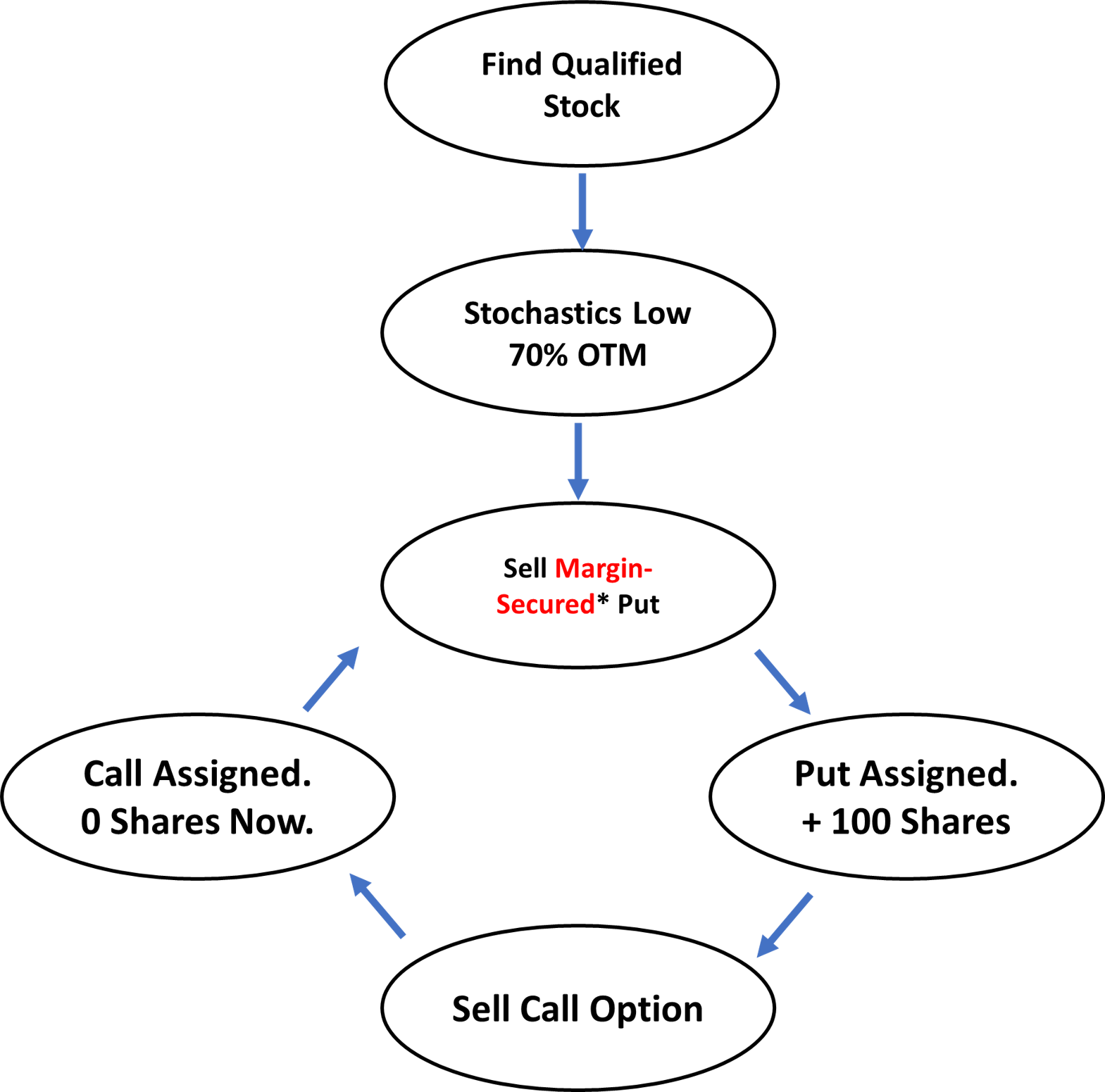Recently, I got a question from a reader - and I thought that it might be good to address this in a blog post as many others may have similar questions.
He asked specifically which strategy should be used:
1. Buy stock
2. Leaps options, buy long dated call
3. Poor Man covered call options
4. Wheel strategy
5. Spreads options, bull put or bear call
The strategy to be chosen depending on two things - 1) the individual's capital/risk appetite and 2) the current environment of the stock market.
Let's dive into it one by one.
Buying Stocks
Well, the reality is that you can buy stocks whenever you want as long as the stock is undervalued and passes the 8-Point Checklist.
This seems like a disappointing answer. But that is the truth. Why?
Well, because unlike options, stocks do not have a time expiry. This means that you can buy a stock and hold it for as long as you want. And if it is good quality company, it means that chances are that your stock will do well over the long run.
In fact, many times in the market downturn, it is always wise to collect stocks rather than buying call options for example. Because if you buy a call option, you are basically fighting against time.
Leap Call Options
The worst time to buy a call option is during market downturns. The volatility of the stock market is high, which means that you are spending extra money on the option, due to its higher extrinsic value.
Also, most people buy call options during a market downturn, hoping that when the stock market rebound, they will make a ton of money.
However, like I said, call options have a time expiry. Each day, your call option will be losing in value due to time decay. This means, you are betting that the stock will appreciate faster than the time decay - you are fighting against time.
I prefer to buy call options in a bull market, where I buy high and sell high - following the call options rules (uptrend, stochastics low, etc.).
So if you are looking to buy call options, well, I recommend that you wait for an uptrend.
Poor Man's Covered Call
If you have a call option, you can do this called a Poor Man's Cover Call.
This is where you sell a call option against your long dated long call, allowing you to get some cash flow out of your position.
I will sell a call option when the stochastics is high because this reduces the chances of exercised.
However, if you already have existing call options in a market downturn, you might want to consider closing it. I personally feel that holding call options in a market downturn is simply too risky.
Wheel Strategy
This strategy works best in a high volatility environment, which typically means the the stock is in a downtrend. However, you can also use this in an uptrend market whenever the stochastics is low (but I would prefer buying call options in uptrend market).
The strategy has been discussed extensively in other blog post, and I am reviewing it on a trade-to-trade basis of how to improve the probability of the trade.

Most people would shy away from this strategy as they are afraid of owning the 100 shares. I could understand that, after all, buying 100 shares at one go can be pretty scary.
That is why I recommended the next strategy which are suitable for people with a lower risk appetite.
Option Spreads (Bull Put / Bear Call )
This strategy is suitable for investors starting with a smaller capital. I used to do this when I just started out as well - a strategy that I am very familiar with.
The advantage of this strategy is because your risk is well defined.
This is an example of a TSLA trade - please don't blindly follow my position sizing.
In this case, I did a bull put spread:
- Sold 10 175 TSLA Put Option: Collected $1900
- Bought 10 170 TSLA Put Option: Paid $1440
This meant that I collected $550 in total. My total risk is calculated:
Total Risk = [(Strike Price of Sell Put) - (Strike Price of Buy Put)] x 10 x 100 - Premium
Total Risk = (175-170) x 1000 - 550 = $4,450.
As a rule of thumb for myself, the total amount of risk for your portfolio should be less than 25% of your portfolio.
The execution of the strategy is the same, where we are executing it only when the stochastics is low and the probability OTM is at least 70%.
The Bottom Line
There is no one specific strategy - it really depends on the context such as your capital, your risk appetite and the current market conditions. The above are simply my considerations based on my experience.
If you like to find out more, you may register your interest in my upcoming options course.
